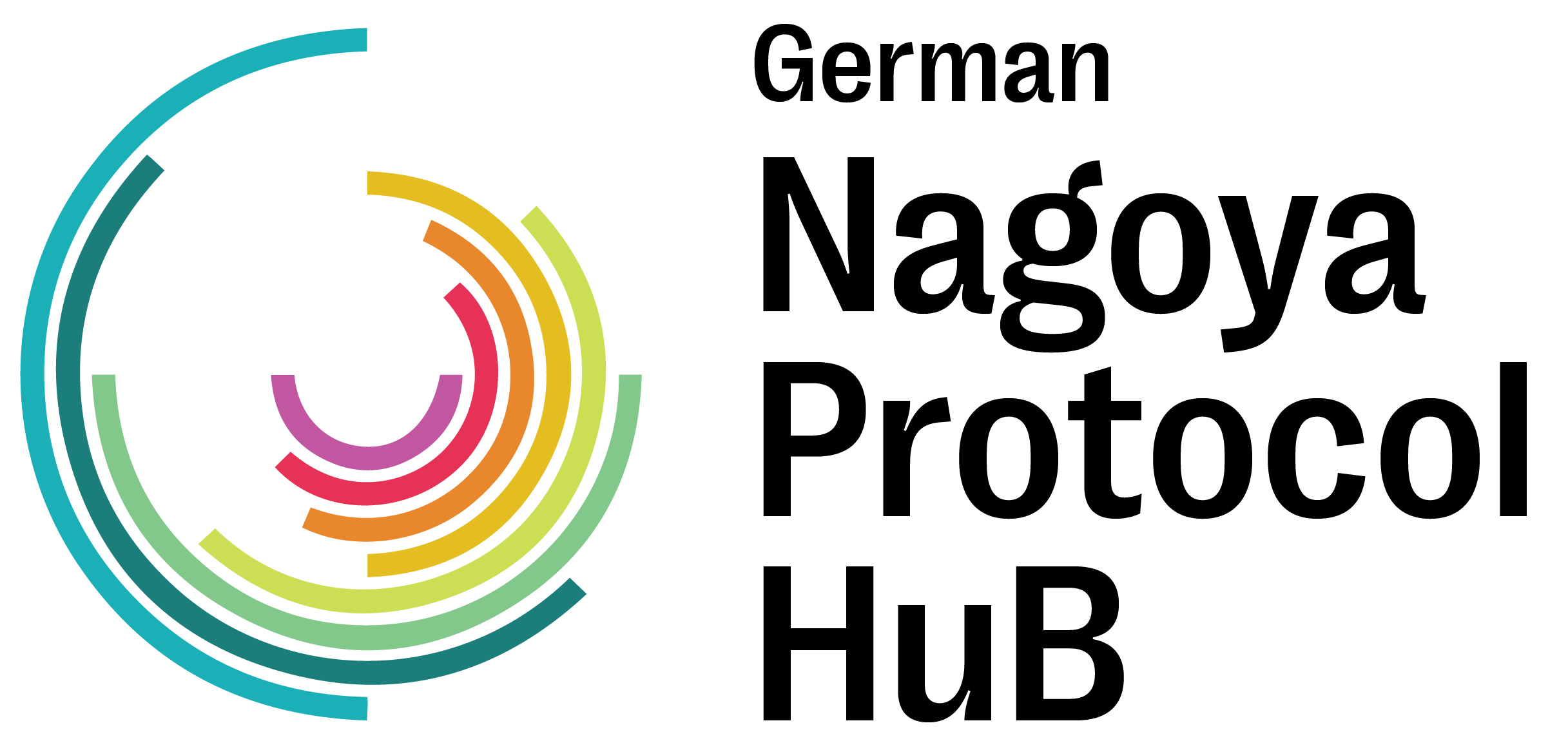Acronyms and terms explained
Alphabet soup – a guide to acronyms
Acronyms, acronyms, acronyms…. welcome to the world of access and benefit-sharing, or ABS for short.
When you first start reading about the Nagoya Protocol and ABS, you might feel like you are swimming around in alphabet soup.
Let’s go through some of the most common acronyms and their meaning.
ABS
= Access and Benefit-Sharing
ABS refers to access to genetic resources and fair and equitable sharing of benefits arising from their utilization. In other words, getting biological material that falls within the scope of the Nagoya Protocol for research purposes and giving something in return.
ABS-CH
= ABS Clearing House
The ABS-CH is a website that was developed under the Convention on Biological Diversity and is maintained by the SCB Secretariat. The ABS-CH is a critical resource and if you need information on national measures on ABS, this should be your first port of call.
BfN
= Bundesamt für Naturschutz
The BfN or the Federal Agency for Nature Conservation is the Competent Authority in Germany.
CNA
= Competent National Authority
The competent national authority is responsible for the implementation of the Nagoya Protocol. Competent national authorities are responsible for granting access or, as applicable, issuing written evidence that access requirements have been met. They also give advice on applicable procedures and requirements for obtaining prior informed consent and entering into mutually agreed terms.
The term CNA should not be confused with ”competent authority” under the EU ABS Regulation. The competent authorities in the EU are reponsible for implementing the compliance mechanisms in the EU ABS Regulation.
CBD
= Convention on Biological Diversity
The Convention on Biological Diversity is an international treaty that entered into force on 29 December 1993.
EU ABS Regulation
Regulation (EU) No 511/2014 of the European Parliament and of the Council of 16 April 2014 on compliance measures for users from the Nagoya Protocol on Access to Genetic Resources and the Fair and Equitable Sharing of Benefits Arising from their Utilisation in the Union, which entered into force for the European Union on 6 Jun 2014.
EU Implementing Regulation
COMMISSION IMPLEMENTING REGULATION (EU) 2015/1866 of 13 October 2015 laying down detailed rules for the implementation of Regulation (EU) No 511/2014 of the European Parliament and of the Council as regards the register of collections, monitoring user compliance and best practices
GR
= Genetic Resource
Genetic resources are often just referred to as GR.
ITPGRFA
= International Treaty on Plant Genetic Resources for Food and Agriculture
The ITPGRFA aims at the conservation and sustainable use of plant genetic resources for food and agriculture and the fair and equitable sharing of the benefits arising out of their use, in harmony with the Convention on Biological Diversity, for sustainable agriculture and food security. This Treaty applies only to plant genetic resources for food and agriculture. More information on the treaty can be found here: http://www.fao.org/plant-treaty/en/
MAT
= Mutually Agreed Terms
Otherwise referred to as a benefit-sharing agreement. This is a contract between a provider country/provider of genetic resources and the users. These terms also include dispute settlement clauses, terms on benefit-sharing (including in relation to intellectual property rights), terms on subsequent third-party use, if any, and terms on changes of intent, where applicable.
MTA
= Material Transfer Agreement
An agreement between institutions which determine the terms and conditions for transferring specimens or samples. This is not to be confused with MAT – mutually agreed terms – although mutually agreed terms could also be included in an MTA.
NFP
= National Focal Point
This person is the international contact point for the CBD Secretariat. They also provide information on ABS, such as the requirements for gaining access to genetic resources or authorities to contact, the procedures for obtaining PIC and establishing MAT and information on CNAs, relevant indigenous and local communities and relevant stakeholders.
All Parties to the Nagoya Protocol and the CBD have a National Focal Point. Their contact details are on the ABS Clearing House-Website.
NP
= Nagoya Protocol
Nagoya Protocol On Access To Genetic Resources And The Fair And Equitable Sharing Of Benefits Arising From Their Utilization To The Convention On Biological Diversity
PIC
= Prior Informed Consent
The permission provided by a country and/or indigenous peoples and local communities BEFORE (hence the word “prior”) genetic resources are accessed. This permission should be given in line with the national legal, policy and administrative framework.
PIP Framework
= Pandemic Influenza Preparedness Framework
The PIP Framework was developed by Member States of the WHO and adopted by the World Health Assembly in 2011. The framework implements a global approach to pandemic influenza preparedness and response, aiming to improve and strengthen the sharing of influenza viruses with human pandemic potential and to increase the access of developing countries to vaccines and other pandemic related supplies.
TK
= Traditional Knowledge associated with genetic resources
There is currently no accepted definition of TK at an international level. It can be thought of as knowledge, know-how, skills and practices that are developed, sustained and passed on from generation to generation within a community and in a traditional context.
The EU Regulation defines ‘traditional knowledge associated with genetic resources’ as traditional knowledge held by an indigenous or local community that is relevant for the utilisation of genetic resources and that is as such described in the mutually agreed terms applying to the utilisation of genetic resources.

